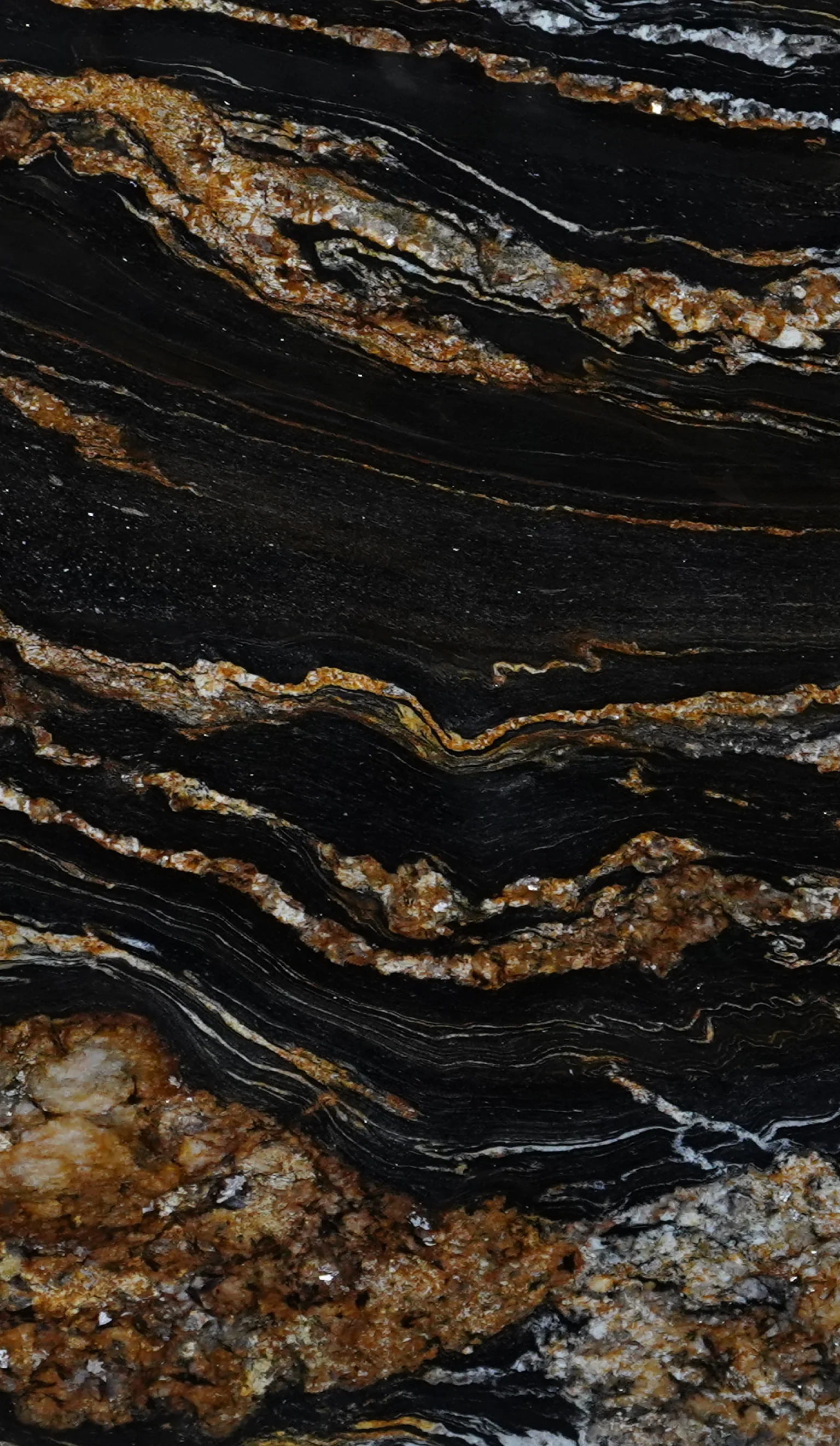When choosing the perfect material for your home, whether it’s for countertops, floors, or other surfaces, you might find yourself debating between marble and granite. Both materials have their unique characteristics, and understanding the differences can help you make an informed decision.
In this article, Hamparan Stone will explore the key differences between marble and granite, helping you choose the best option for your needs.
Characteristics of Granite
Granite is an incredibly durable natural stone known for its toughness. It’s composed of quartz, feldspar, and mica, which give it a granular texture and a varied appearance. Granite comes in a wide range of colors and patterns, from classic blacks and whites to speckled blues, reds, and greens. Its resistance to heat and scratches makes it a popular choice for kitchen countertops and high-traffic areas.
Characteristic of Marble
Marble, on the other hand, is a beautiful and elegant stone that is formed from limestone. It’s primarily composed of calcite, which gives marble its signature veined appearance. The stone is softer and more porous than granite, making it easier to carve and shape, but also more prone to scratching and staining. Marble is widely used in bathrooms, floors, and decorative features because of its beauty and timeless appeal.
The Differences of Marble vs Granite
When comparing marble vs granite, it's important to look at several key factors that can influence your choice for your home.
Visual appeal and look
Granite tends to have a more varied and speckled look, which makes it a great option for homeowners looking for natural, earthy patterns. Marble, on the other hand, is known for its classic veining and smooth surface, often making it the preferred choice for those who want a refined, sophisticated look.
Durability and hardness
Granite is tougher and more durable than marble. It’s less prone to scratches, stains, and chips, making it an ideal choice for kitchens and areas where surfaces endure a lot of use. Marble is softer and more prone to damage but has a timeless beauty that can justify its use in less busy areas like bathrooms or decorative features.
Maintenance
Granite requires relatively low maintenance. With a proper sealant, it is resistant to staining and won’t require frequent attention. Marble, however, is more porous and can absorb liquids, leading to stains and potential discoloration if not regularly sealed and cleaned properly.
Uses and applications
Granite is commonly used in high-traffic areas such as kitchen countertops, backsplashes, and outdoor surfaces. It’s durable enough to withstand the daily grind of a busy home. Marble is often used in bathrooms, entryways, and luxury items like sculptures and decorative accents. It’s less suitable for heavy-duty usage but excels in areas where its visual appeal can truly shine.
Conclusion
So, when it comes to marble vs granite, both have their strengths and weaknesses. Granite is more durable and easier to maintain, making it a great all-around choice for active areas in your home. Marble offers timeless beauty and elegance but may require more upkeep to maintain its pristine look.
If you're looking for both durability and style in your home, consider visiting Hamparan Stone, the trusted name in stone, to explore your options for granite, marble, and other premium stones.








